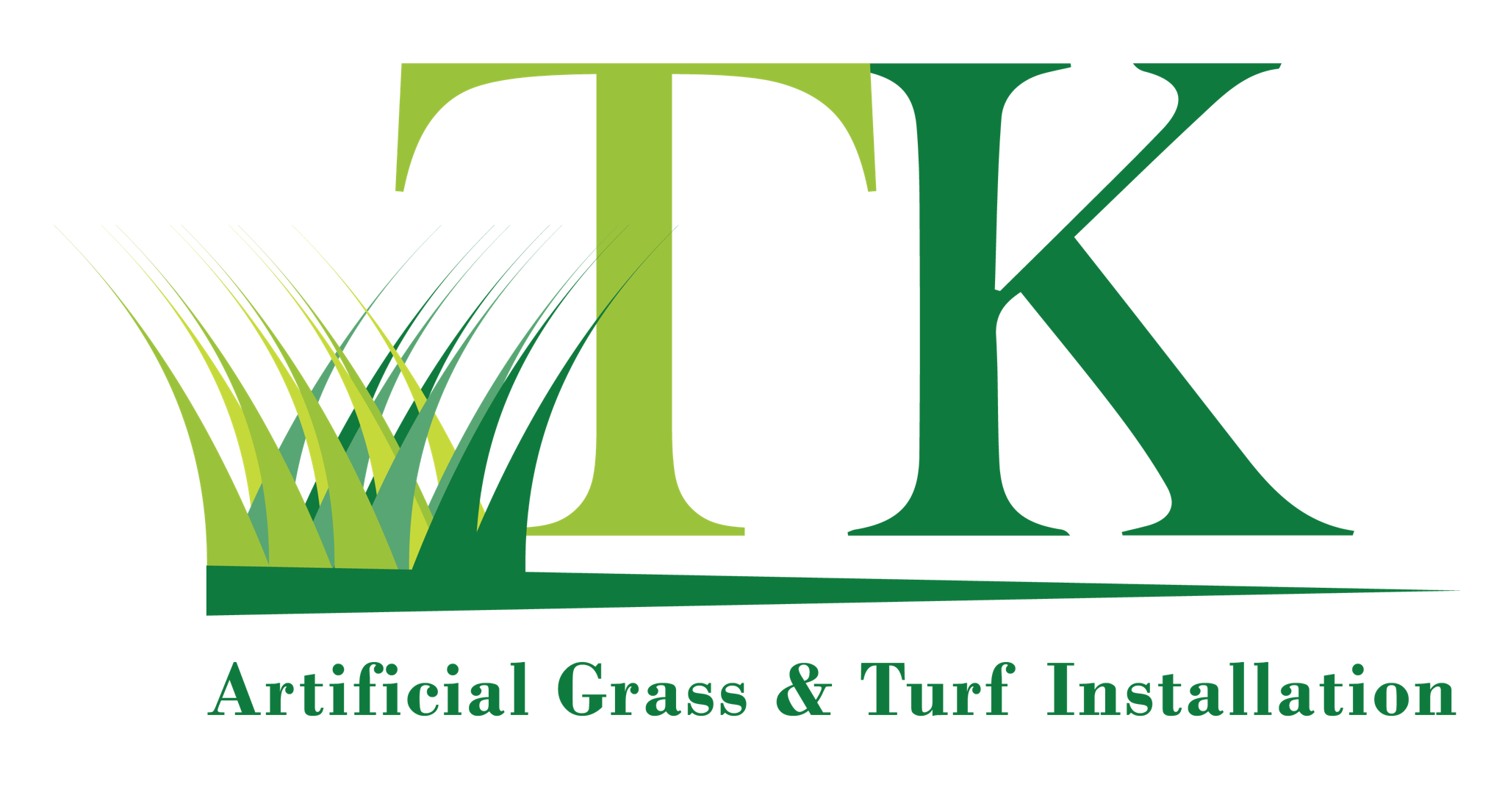Artificial turf is an artificial surface of synthetic fibers designed to resemble the top layer of real grass. It’s most commonly used in sporting arenas for outdoor sports or are typically played on natural grass. However, in recent years it has been used on commercial and residential fields as well. The popularity of artificial turfs continues to grow with homeowners and even businesses looking for an inexpensive but durable alternative to natural grass. Not only does it provide the same type of grass feel that you would expect from a lush lawn, artificial turf provides the same type of durability and maintenance as natural grasses. One of the most common materials that make up the artificial turf surface is polyethylene. This is then combined with crumb rubber, which is typically a high performance rubber that provides traction when walking or running. Other synthetic turf components can include rock wool, rubber oils and hydroxytyrosol. Some of the other components are perforated mats that are used on certain sports fields. A research study conducted in 1996 concluded that the application of high quality synthetic turf resulted in overall productivity improvements of 29% for sports fields. The turf was also found to enhance soil fertility by increasing the moisture retention of the underlying soil. Additionally, high surface temperatures that are common in today’s world, can actually help to reduce the occurrence of blistering on the blades of grass blades, thus reducing the incidence of mechanical damage to the blades. During sporting events, synthetic turf could be one of the most beneficial substances. However, injuries can occur as a result of its use. Though most professionals will tell you that if proper care is taken with the handling and application, there is no possible way for injury to occur. Even so, synthetic turf has been proven to contain varying amounts of toxins that could prove damaging. In fact, a recent article written by Popular Mechanics highlighted many potential health hazards associated with this popular athletic floor covering. When synthetic turf athletic fields are constructed, it is necessary to make sure that they have been properly treated with water and oil to encourage their elastic properties. It is also important to keep in mind that natural grass is not made up of the same synthetic fibers that make up synthetic turf. So, when natural grass is exposed to the sun, heat and cold, its fibers become damaged and lose their elastic properties. This results in athletes and other individuals playing and walking on these athletic fields having more difficulties with movement.

Synthetic Turf surfaces also have a tendency to retain moisture when they are exposed to the elements. As a result, water can easily seep underneath the surface creating areas of wetness, which is one of the leading causes of knee injuries. Additionally, improper handling of the artificial surfaces could lead to a number of different types of injuries. For example, football players have a higher rate of slipping, tripping and falling than most people realize. So, the next time you play on an artificial field make sure that you take the necessary precautions to prevent any unwanted injuries from occurring. You can also hire us. Our West Palm Beach artificial grass installers can provide you the best option for all types of synthetic turf installation needs. If you are looking for artificial grass installation in Orlando, please contact us. If you are looking for the best quality artificial grass in Naples FL – call us now and get a free estimate.
Look into our other blogs for more info!

Recent Comments